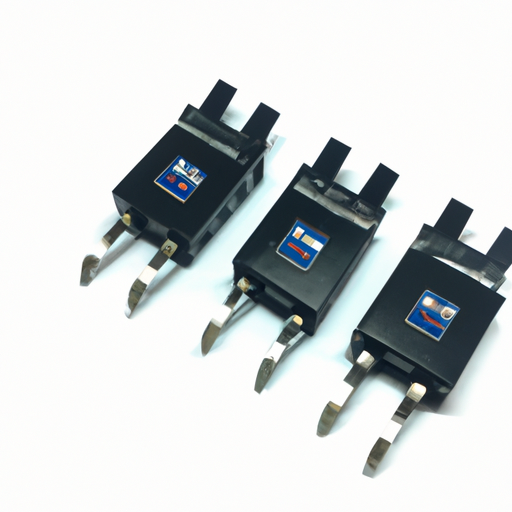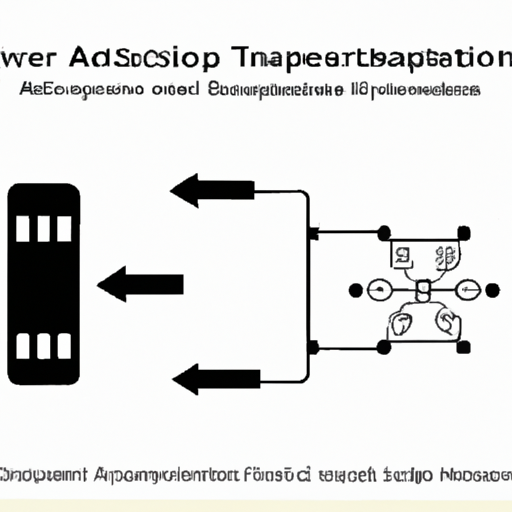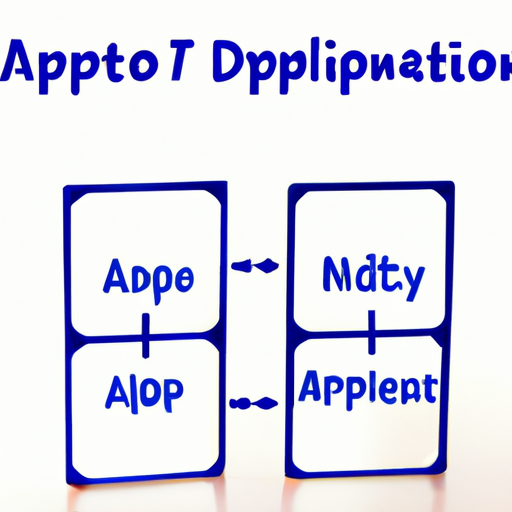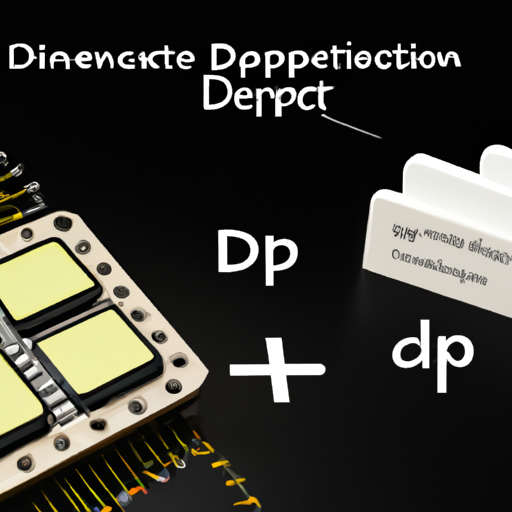1N4007-T Buffers, Drivers, Receivers, Transceivers highlighting the core functional technology articles and application development cases of Buffers, Drivers, Receivers, Transceivers that are effective.
Certainly! Buffers, drivers, receivers, and transceivers are fundamental components in electronic circuits, particularly in communication systems and digital signal processing. Below is an overview of each component, their core functional technologies, and application development cases.
Buffers
| Purpose: Buffers are used to isolate different parts of a circuit, prevent loading effects, and improve signal integrity.Purpose: Buffers are used to isolate different parts of a circuit, prevent loading effects, and improve signal integrity. |
| Types: Voltage buffers (voltage followers), current buffers, and line drivers.Types: Voltage buffers (voltage followers), current buffers, and line drivers. |
| Key Characteristics: High input impedance, low output impedance, and the ability to drive heavy loads without distortion.Key Characteristics: High input impedance, low output impedance, and the ability to drive heavy loads without distortion. |
| Purpose: Drivers amplify signals to drive loads, such as motors, LEDs, or other components that require higher current or voltage.Purpose: Drivers amplify signals to drive loads, such as motors, LEDs, or other components that require higher current or voltage. |
| Types: Logic drivers, power drivers, and LED drivers.Types: Logic drivers, power drivers, and LED drivers. |
| Key Characteristics: High output current capability, fast switching speeds, and thermal management features.Key Characteristics: High output current capability, fast switching speeds, and thermal management features. |
| Purpose: Receivers detect and process incoming signals, converting them into usable forms for further processing.Purpose: Receivers detect and process incoming signals, converting them into usable forms for further processing. |
| Types: RF receivers, digital receivers, and optical receivers.Types: RF receivers, digital receivers, and optical receivers. |
| Key Characteristics: Sensitivity, selectivity, and noise figure.Key Characteristics: Sensitivity, selectivity, and noise figure. |
| Purpose: Transceivers combine the functions of both transmitters and receivers, allowing for bidirectional communication.Purpose: Transceivers combine the functions of both transmitters and receivers, allowing for bidirectional communication. |
| Types: Ethernet transceivers, RF transceivers, and optical transceivers.Types: Ethernet transceivers, RF transceivers, and optical transceivers. |
| Key Characteristics: Integrated design, full-duplex communication, and protocol support.Key Characteristics: Integrated design, full-duplex communication, and protocol support. |
| 1. Signal Conditioning: Buffers are used in sensor applications to condition signals before they are sent to an ADC (Analog-to-Digital Converter). For example, in temperature sensing applications, a buffer can ensure that the sensor's output does not load the sensor itself, preserving accuracy. |
| 2. Level Shifting: In mixed-voltage systems, buffers can shift signal levels between different voltage domains, such as interfacing 3.3V logic with 5V logic. |
| 3. Fanout Expansion: Buffers can drive multiple inputs from a single output, useful in digital circuits where one signal needs to be distributed to several gates, such as in clock distribution networks. |
| 1. LED Lighting: LED drivers regulate current to LEDs, ensuring consistent brightness and preventing thermal runaway. For instance, in smart lighting systems, drivers can adjust brightness based on ambient light conditions. |
| 2. Motor Control: Motor drivers control the speed and direction of DC and stepper motors in robotics and automation. In CNC machines, precise motor drivers enable accurate positioning and movement. |
| 3. Audio Amplification: Audio drivers amplify low-level audio signals to drive speakers in consumer electronics, such as in home theater systems where high fidelity is required. |
| 1. Wireless Communication: RF receivers are used in wireless communication systems, such as Wi-Fi and Bluetooth, to receive data packets. For example, in IoT devices, RF receivers enable communication with cloud services. |
| 2. Data Acquisition Systems: Receivers in data acquisition systems convert analog signals from sensors into digital signals for processing, such as in environmental monitoring systems where various sensors collect data. |
| 3. Television and Radio: Receivers decode broadcast signals for audio and video playback, enabling users to access a wide range of media content. |
| 1. Networking: Ethernet transceivers are used in local area networks (LANs) to facilitate data communication between devices, such as in home networking setups where multiple devices connect to a router. |
| 2. Telecommunications: RF transceivers are essential in mobile phones and other wireless devices for sending and receiving signals, enabling voice and data communication. |
| 3. IoT Devices: Transceivers in IoT applications enable devices to communicate wirelessly, allowing for remote monitoring and control, such as in smart home systems where devices interact with each other and with user interfaces. |
Drivers
Receivers
Transceivers
Conclusion
Buffers, drivers, receivers, and transceivers play critical roles in modern electronic systems. Their effective application can enhance performance, improve signal integrity, and enable complex communication protocols. When designing systems, selecting the right component based on the specific requirements of the application is crucial for achieving optimal results. Understanding the core technologies and application cases helps engineers and developers make informed decisions in their designs.






